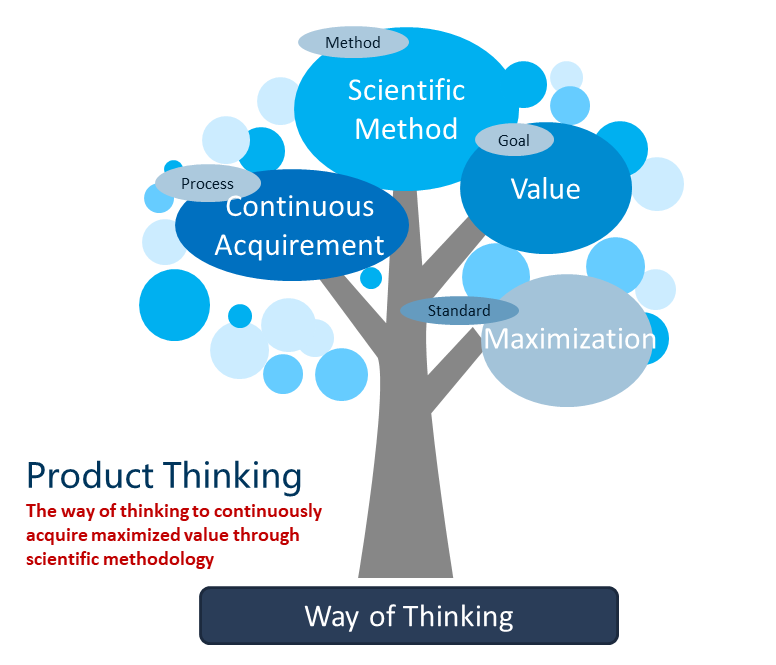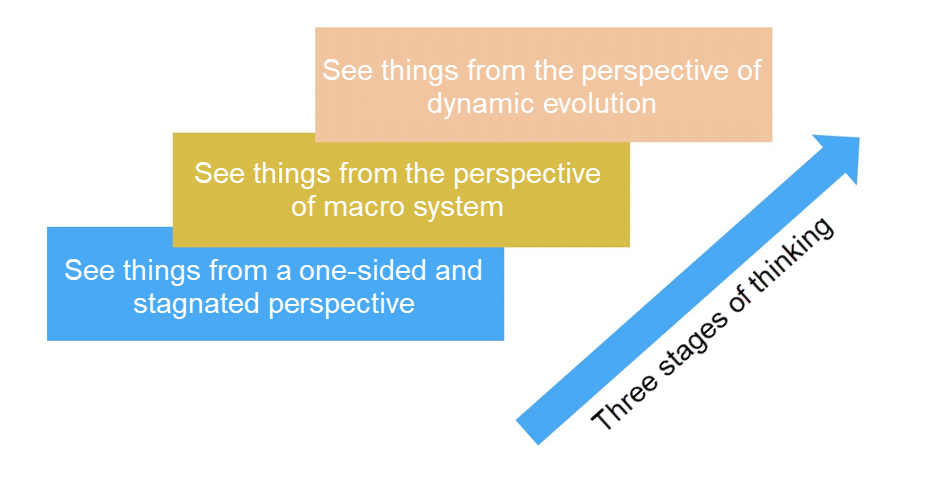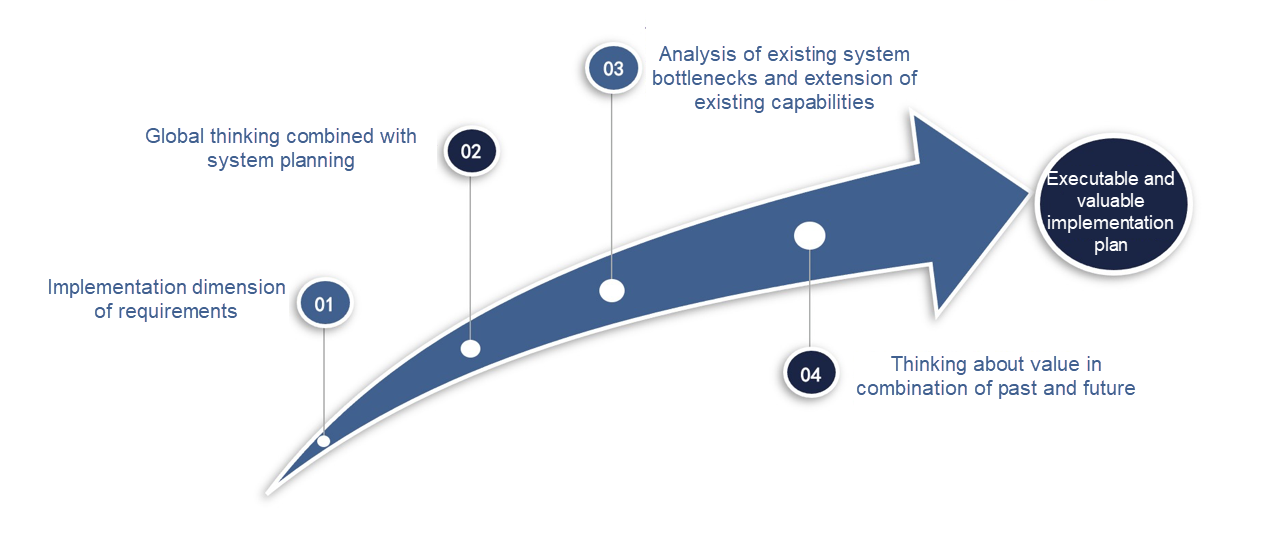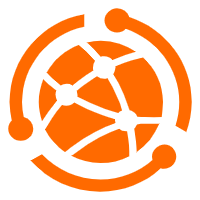As developers, many of you may have had disputes with product managers because of differences in ideas. Both of you cannot convince the other. In the end, the boss will come to solve the problem. In most cases, the boss can solve it and in a way that is acceptable to both of you. You may think it is due to the authority of the boss, but this is not very accurate. It may be part of the reason but not the main reason. It is because that bosses have stronger product thinking than developers. They can understand others' demands, grasp contradictions, and give solutions. Moreover, their way of expression is easier to be accepted. This is how the dispute between you and the product manager is solved. Where does this important ability come from? I think it comes from product thinking.

Here, we can see that product thinking is a way of thinking to acquire maximized value through scientific methodology continuously. This may sound a little empty. More specifically, product thinking is reflected in the four aspects, as shown in the following figure:

As a programmer, do you often hear the complaints above in your daily work? There is a small number of immature plans due to the inexperience of product managers, but in most cases, the dispute comes from the difference between product thinking and technical thinking. This makes it hard for the product managers and you to understand each other. The following figure shows a comparison between product thinking and technical thinking:

For example, the Hema product manager once evaluated the demand for the outbound delivery of fresh aquatic food from warehouses by boxes. The demand is to manage the inbound/outbound operations of fresh aquatic goods (such as fish and crabs) by boxes. However, if we think from the perspective of technical personnel, there will be several inevitable problems:
In response to these issues, the R&D department rejected the demand and worked with the product department to reconcile the complete process and carry out reevaluation. However, from the product manager's perspective, it's completely different.
Due to the different perspectives of product managers and technical personnel, disputes between them are inevitable. If both parties refuse to understand the other party's perspective, this dispute cannot be solved properly. A solution that combines both parties' thinking cannot be proposed. If technical personnel can change their perspective and use product thinking, will it be easier for them to communicate with product managers?
When communicating this way, the demands of the technical personnel and product managers will be clarified. Their dispute can be solved. In this example, if programmers have product thinking, they can think from the product perspective and communicate and cooperate better with the product team. This is conducive to improving work efficiency.
The advantages of product thinking are more than making communication easier at work.

I believe that abstract ability is more or less used in coding. However, abstraction according to the existing content and abstraction facing the future are two completely different abilities. When technical personnel has a product perspective, it is easier for them to find the angles to abstract and express abstract concepts. For example, suppose you receive a product demand of intelligent weighing to record the weight of raw materials in processing for a large warehouse. The primary-level abstraction may be that the weighing capability can be used to weigh raw materials and finished products. If you have product thinking, you will wonder what problem this weighing capability intends to solve. At which step does it function? Since you are quite familiar with the MES system, you may think of working procedures and abstract the tasks of working procedures. Taking the way of expression into account, you may need to make everyone understand the meaning of working procedures. Naturally, practical operations such as finishing, film pasting, and labeling can be divided into different working procedures. Combined with scenarios where this kind of division can apply, a future-oriented working procedure model can gradually take shape and is suitable for further extension.

Cultivate your thinking to improve your perspective and make it easier to see the essence of problems. Think about whether we mostly express the fundamental attributes of things from the following perspectives after we have product thinking:
If you keep this habit in your work, you can handle problems independently instead of seeking help from others. This is a tiring thing at the moment, but it is very beneficial in the future. Keeping a certain degree of curiosity and imagination to think will allow you to gain more growth.

What does a more holistic view mean here for technical personnel?
1. First of all, it is to improve your familiarity with the system. It improves the modules you are currently responsible for and the upstream and downstream processes. This will give you more opportunities to take on greater responsibilities.
2. You will know the value of a certain demand and a project. You will also understand why you do it instead of mechanical execution. You will think about the necessity of demand in terms of its rationality and input-output ratio.
3. It is easier for you to know the focus of a project and how to reflect the value, collect useful data, and elaborate and achieve goals from a systematic perspective.

4. You can create better business value through technology. With product thinking, technical personnel can find the points that can be improved in the product and create substantial business value. For example, the procedure of second distribution by the grid warehouse to distribution locations for delivery containers in the central warehouse can be improved. The technical department finds that by randomizing the distribution, the times of distribution can be reduced. The overall allocations remain unchanged. This improvement alone reduced 12% of distribution times in the grid warehouse. Here's another example. A large B2C warehouse is used to sort while distributing goods. If one SKU is completed, it is sent to the roadway. If there are multiple SKUs in the roadway, it needs repeated efforts. After careful thinking, the technical department made minor changes and provided a better product experience by abstracting and classifying overall sorting and distribution. Distribution after overall sorting avoided the problem of repeated work for picking personnel. It improved the picking efficiency of on-site personnel by 14% compared to alternate sorting and allocation.

In different stages of thinking, we must make progress in our view of the problem. We should be able to adapt to the changes in the concrete presentation layer and abstract the concepts and capabilities of the underlying layer to meet a variety of scenarios. For example, the complex evolution process of the warehouse system is more about the continuous evolution of production capacity, human efficiency, digitalization, and intelligence. One must constantly exercise thinking ability to extend the boundary of thinking. I think the following points are worthy of note for technical personnel in their learning and self-improvement.
After learning many views on thinking ability and methodology, you may wonder how to use it in our daily work to help us improve and how to gradually change one's thinking?
Beyond work, you should care about other people. You need to pay attention to international affairs and local affairs. If not, you will be cut off from the outside world, and your thinking will stagnate over time. Therefore, we must keep our curiosity, ensure the diversity of knowledge reserve, and keep our thinking active.


This is just an example of association. The final decision may also involve various factors, such as the input-output ratio. Keeping your imagination is a good way to improve thinking depth for programmers and product managers. What we have to do is to cultivate such habits and let our thinking grow with our imagination.
Alibaba Clouder - May 18, 2021
Key - February 20, 2020
Alibaba Clouder - January 4, 2021
Alibaba Cloud Community - February 3, 2022
Alibaba Tech - July 2, 2019
Alibaba Cloud Community - January 21, 2022
 Web App Service
Web App Service
Web App Service allows you to deploy, scale, adjust, and monitor applications in an easy, efficient, secure, and flexible manner.
Learn More